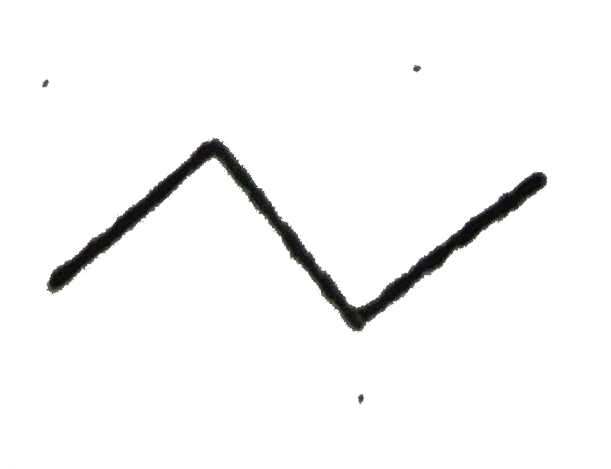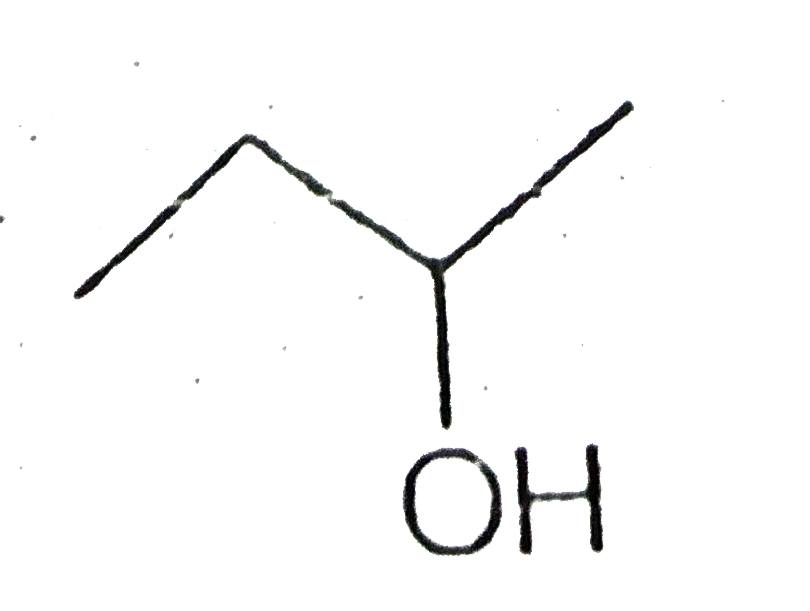Boiling point will be least for




The correct Answer is:B
To determine which compound has the least boiling point among the given options, we can analyze the types of intermolecular forces present in each compound. Here’s a step-by-step solution:
Step 1: Identify the Types of Compounds
First, we need to identify the types of compounds provided in the options. Typically, we may have alcohols, ethers, and alkanes among the options.
Step 2: Understand Intermolecular Forces
Next, we should understand the types of intermolecular forces that affect boiling points:
- Hydrogen bonding: Strong interactions that occur in alcohols (due to -OH groups).
- Dipole-dipole interactions: Weaker than hydrogen bonds, present in polar molecules like ethers.
- Van der Waals (dispersion) forces: The weakest forces, present in non-polar molecules like alkanes.
Step 3: Compare Alcohols
Alcohols have -OH groups that allow for hydrogen bonding, which significantly increases their boiling points. Therefore, among the options, alcohols will have higher boiling points compared to the other types of compounds.
Step 4: Compare Ethers and Alkanes
Both ethers and alkanes have similar molecular masses, but ethers contain oxygen, which introduces weak polarity and dipole-dipole interactions. Alkanes, on the other hand, only exhibit Van der Waals forces, which are weaker than dipole-dipole interactions.
Step 5: Conclusion
Since alcohols have the highest boiling points due to hydrogen bonding, and ethers have higher boiling points than alkanes due to dipole-dipole interactions, the compound with the least boiling point will be the alkane.
Final Answer
The compound with the least boiling point among the given options is the alkane.
---
First, we need to identify the types of compounds provided in the options. Typically, we may have alcohols, ethers, and alkanes among the options.
Next, we should understand the types of intermolecular forces that affect boiling points:
- Hydrogen bonding: Strong interactions that occur in alcohols (due to -OH groups).
- Dipole-dipole interactions: Weaker than hydrogen bonds, present in polar molecules like ethers.
- Van der Waals (dispersion) forces: The weakest forces, present in non-polar molecules like alkanes.
Alcohols have -OH groups that allow for hydrogen bonding, which significantly increases their boiling points. Therefore, among the options, alcohols will have higher boiling points compared to the other types of compounds.
Both ethers and alkanes have similar molecular masses, but ethers contain oxygen, which introduces weak polarity and dipole-dipole interactions. Alkanes, on the other hand, only exhibit Van der Waals forces, which are weaker than dipole-dipole interactions.
Since alcohols have the highest boiling points due to hydrogen bonding, and ethers have higher boiling points than alkanes due to dipole-dipole interactions, the compound with the least boiling point will be the alkane.
The compound with the least boiling point among the given options is the alkane.
Similar Questions
Lowest boiling point will be of the compound-
View SolutionBoiling point is highest for which compound?
View SolutionHighest boiling point is expected for
View SolutionThe highest boiling point is expected for:
View SolutionExplain the following:
lonic compounds have high melting point and boiling point while covalent compounds have low melting and boiling points.
View SolutionWhich one hs the lowest boiling point?
View SolutionBoiling point elevation is
View SolutionIllustrate elevation in boiling point with the help of vapour pressure-temperature curve of a solution. Show that elevation in boiling point is a colligative property.
View SolutionIf for a sucrose, elevation in boiling point is 1.0∘C, then what will be the boiling point of NaCl solution for same molal concentration?
View SolutionExplain the terms boiling and boiling point. How is the volume of water affected when it boils at 100∘C ?
View Solution
